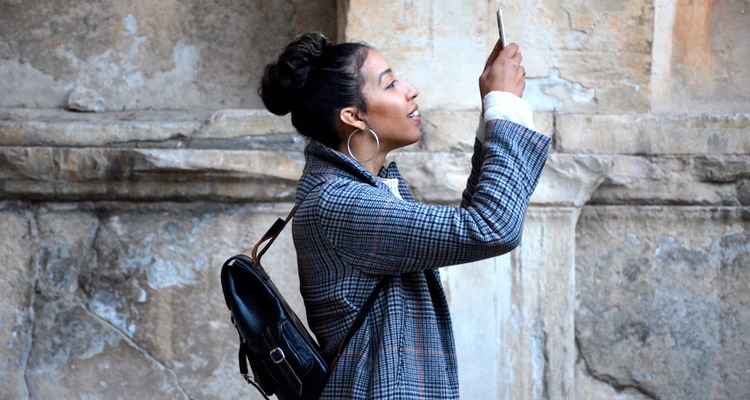
Photo Credit: pexels
On Oct. 21, Facebook announced the launch of a brand new ad campaign to encourage people to get out there and start broadcasting live. Facebook has reportedly already paid $50 million to celebrities, influencers and media companies to use Facebook Live, and now it wants to encourage the “common man” to go out there and start making videos. So it’s going to be posting these Facebook Live ads everywhere – online, on billboards, on TV, and on the sides of city buses.
Solving the problem of ephemeral media
Think about how many tweets you’ve ever sent out into the Twitterverse without anyone ever seeing them, or how many Facebook status updates you’ve ever made that never quite got the critical mass of attention you were hoping for. The reason, quite simply, is that if social media isn’t “live” these days, it doesn’t matter. There’s just too much content out there to guarantee that everything you write or say is actually going to be noticed.
There’s a big difference between social media and email. With email, you’re going to read every last message in your inbox, even if it’s just to click on it and delete it. Contrast that to social media, where even the most OCD-afflicted person won’t take the time to search through all their social networks to make sure they’ve seen every last one of their friends’ tweets, updates, snaps and pins.
The social media giants unveil their “live” strategies
Which is why it’s no surprise that social media platforms like Facebook and Twitter are doubling down on their “live” social media strategies. For Twitter, it means live broadcasting of events like Thursday Night Football within the Twitter app. And for Facebook it means even more emphasis on its Facebook Live video strategy.
From Facebook’s perspective, one way to break through the clutter is the “live” video. Going “live” is a way to instantly capture your attention. Cable news networks are especially good at this – they’ll tease a “Donald Trump speaking live” breaking news headline for 30 minutes or longer, confident that some people will keep hanging on every word until The Donald actually appears.
So what are people actually going to broadcast live? Maybe you’re showing off a new talent, or maybe you have something you want to say to the world, or maybe you just want others to share in a great experience – a day at the beach, walking through the city with your girlfriend, playing with your pets. Broadcasting live is a way to get the attention of your friends on Facebook.
“Live” video boosts social engagement
And apparently it works. Live video gets more engagement than regular video. According to Facebook, people comment 10 times more on live videos than on regular videos. And live videos get watched 3 times longer than non-live content. And, as we found out this summer, Facebook Live videos can go viral nationwide when they involve the police and the nation’s increasingly troubled race relations.
All this Live video is either brilliant. Or just more proof of what Andy Warhol once remarked, “In the future, everyone will be famous for 15 minutes.” Unfortunately, he never said anything about the size of that audience. In the ultimate futuristic Facebook Live scenario, half of the planet will be broadcasting themselves live, and the other half will be watching them.